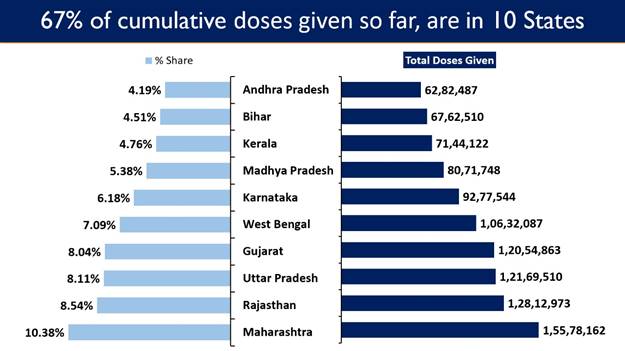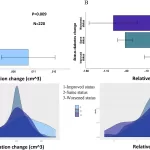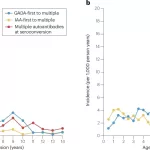As avian influenza continues its relentless spread among wild bird populations across the European Union (EU), scientists are sounding alarms about the virus’s potential to efficiently transmit among humans, heightening concerns of a potential pandemic.
A report jointly issued by the European Centre for Disease Prevention and Control and the European Food Safety Authority underscores the looming threat posed by avian influenza A(H5N1) strains carrying mutations with the potential for adaptation to mammals. The analysis highlights the risk of these strains entering the EU and the broader European Economic Area (EEA), sparking large-scale transmission due to the lack of immune defenses against H5 viruses in humans.
While human exposure to avian influenza A(H5N1) has occurred, symptomatic or productive infections have yet to be identified in the EU/EEA. However, scientists caution against complacency, emphasizing the unpredictability of the virus’s evolution and its potential to acquire airborne transmissibility between humans.
Professor James Wood, an infectious disease epidemiologist at the University of Cambridge, underscores the rarity of human cases despite global exposures, emphasizing the need for vigilance. Similarly, Professor Ian Jones, a virologist at the University of Reading, acknowledges the perpetual risk of spillover events, urging continuous monitoring and preparedness.
The report advocates for proactive measures, including enhanced surveillance, rapid diagnostics, and genetic sequence data sharing, under a One Health framework. Dr. Sarah Pitt, a microbiologist at the University of Brighton, lauds the emphasis on a comprehensive approach encompassing humans, animals, plants, and the environment, urging governments to prioritize zoonotic infectious diseases.
In addition to surveillance, the report calls for preventative measures such as vaccination of poultry flocks. However, Jones cautions against overreliance on predictive capabilities, citing past failures to anticipate emerging viruses like SARS-CoV-2 and the 2009 influenza pandemic.
As the EU confronts the ongoing threat of avian influenza, the report serves as a timely reminder of the critical need for coordinated action and continued research to mitigate the potential impact of zoonotic diseases on global health security.











